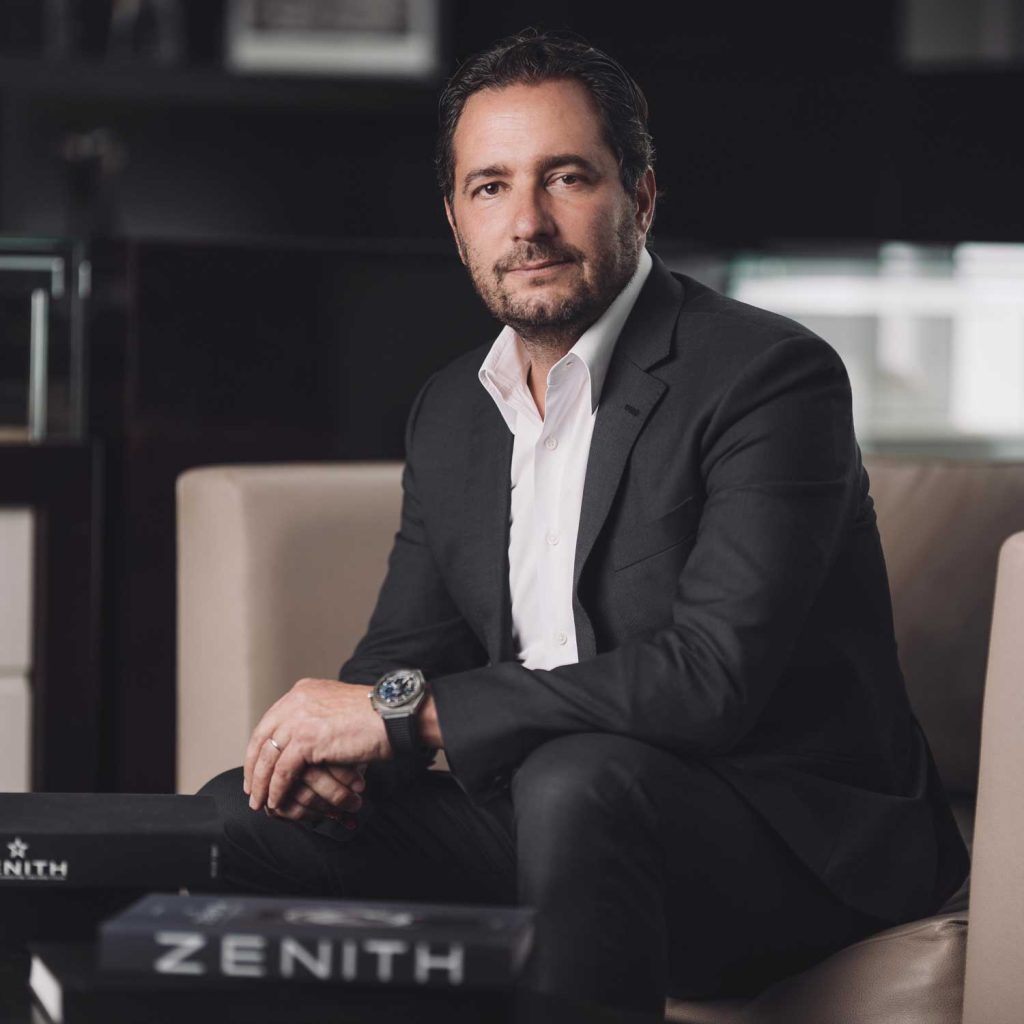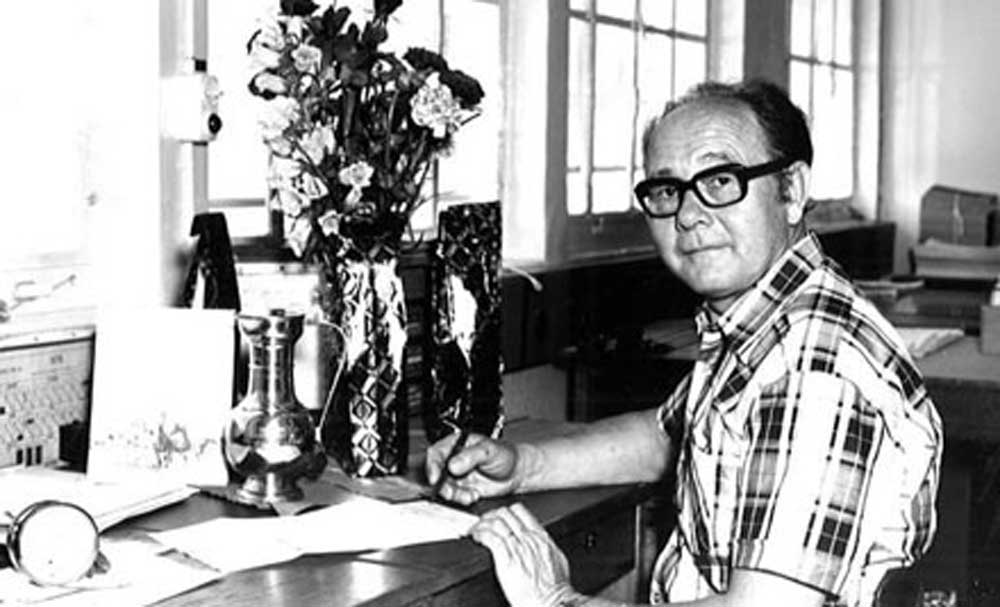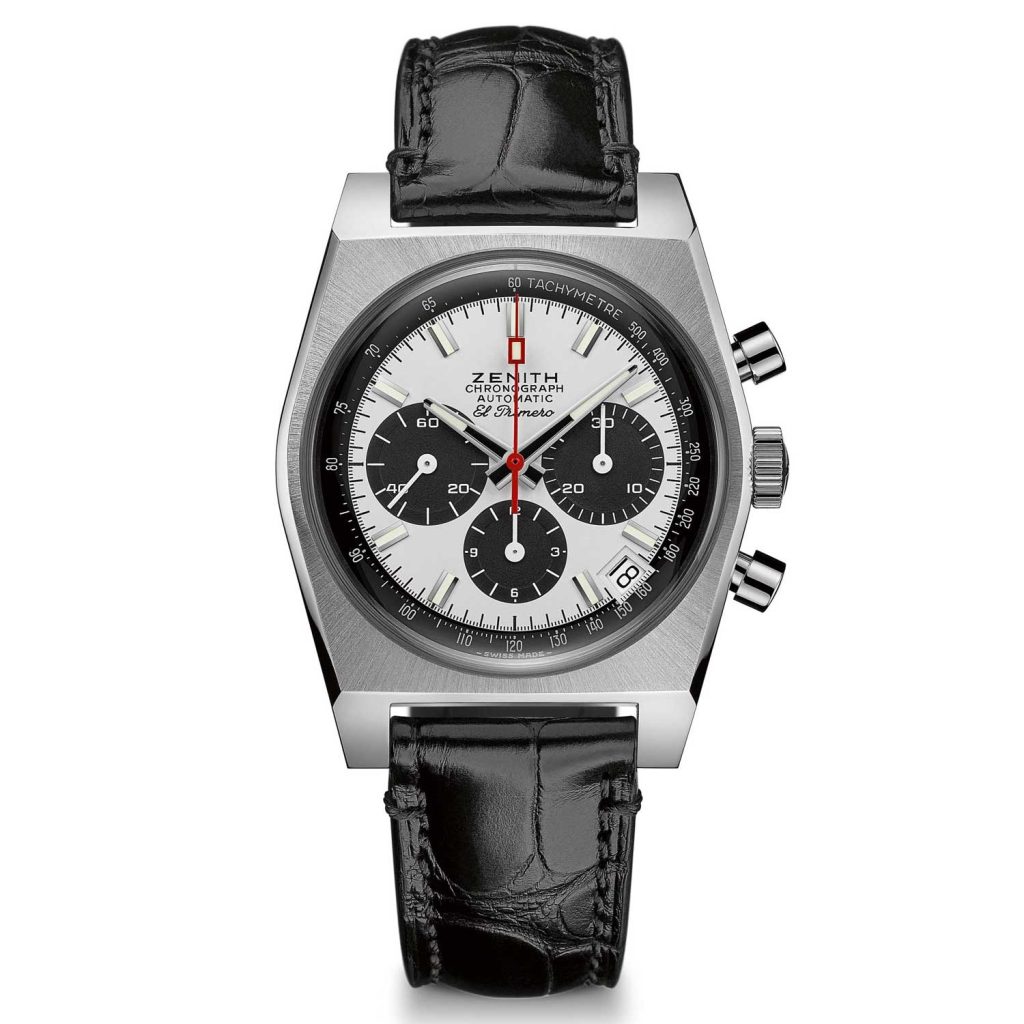Interviews
Interview: Julien Tornare, Zenith CEO
Interviews
Interview: Julien Tornare, Zenith CEO
You have been CEO for just over two years now, what has been the most challenging thing about running Zenith?
In the beginning everyone was a bit shaken by the change of management, so I had to quickly share my vision of what we can do with the brand and how to get everyone on the same boat. Instead of doing what other managers do and bringing in my own people, I told them that we were going to keep the same people and work with them. After that we all began working together to build the business for the long term.
When we last spoke you said that Jean-Claude Biver was remaining closely involved with the business after stepping back from day-to-day duties – how has this worked out?
It is a great collaboration with Mr Biver. He is still the chairman of the [LVMH] watch division, he is not in an operational role but is still here when we need him to give advice, to attend events and so forth. So yes, he is still very much involved with the business and is a very important part of everything we do.

Zenith CEO, Julien Tonare
This year you have been celebrating the 50th anniversary of El Primero – what have been the highlights?
It has been a fantastic year so far. We’ve been all around the world, doing a tour to talk about the El Primero and celebrate the anniversary with friends and clients. We also want to talk about the people involved over this last half century, particularly the late Charles Vermot, the man who hid all the components for making the El Primero movement back in 1974. It is very important to celebrate this man.
He hid the components because the company owners had ordered them to be destroyed. Is it true that even his wife did not know what he was doing?
Yes, it is! At our celebration in New York we were lucky enough to be joined by Charles Vermot’s son Michel, who told us stories about how his father spent six months staying late and hiding everything, which led to his wife questioning why he was spending all this time away from home. He kept it a secret for ten years. Then in 1984, after he had retired, he got a phone call saying: “Hey Charlie, do you know how we can start making the El Primero again?” He jumped into his car and came straight to the manufacture.

Charles Vermot saved the El Primero movement when he hid the plans, parts and tools required to make mechanical calibres, in defiance of company orders
How important are pieces from the brand’s heritage compared to the new tech that Zenith is developing?
The El Primero is a fantastic thing, and of course we need to use the past to build the future. We should be proud of it, as it’s a great asset, but it only works if we continue to improve and keep looking forward. That’s why we came with the Defy project, to propel us into the 21st century. Too many people just repeat the past.
How do you go about getting this balance right?
We must continue to be innovative, creative watchmakers, but we want to keep the price reasonable. During the last decade-and-a-half many brands went crazy with the pricing, we want to avoid that, and also to make sure people understand the price. You need to have the right price for the right product – people are tired of paying too much for marketing. People want to buy something that has substance, and the new generation is very sensitive to that. In the past our industry was not always the most transparent, but now people are now so well informed because the public has access to so much information from the internet.

Zenith El Primero A384 Revival in steel (37mm)
What challenges does the industry face in the next few years?
There are plenty of challenges, the main one for me is to show the next generation that the watch industry is developing, that it is dynamic. They don’t want to buy the same watches that their parents had. The important thing is that we know how to make contemporary watches. Even with classic brands it is the contemporary models that are selling the best. I believe people want to buy history, authenticity, a nice object as a piece of art. But they also want to buy something that is expressing their own time. That is the challenge, to find the perfect mix of the traditional and the modern.










